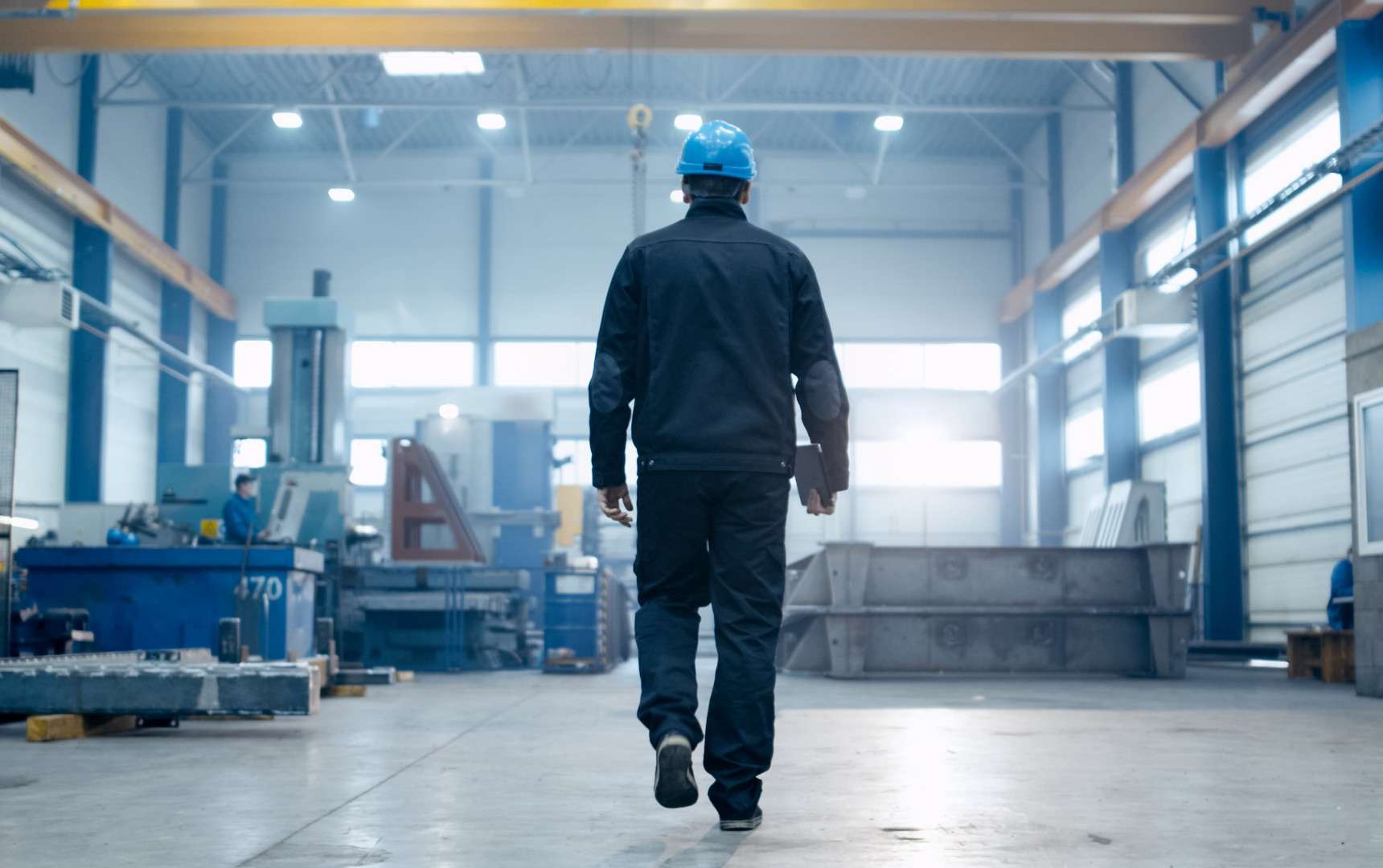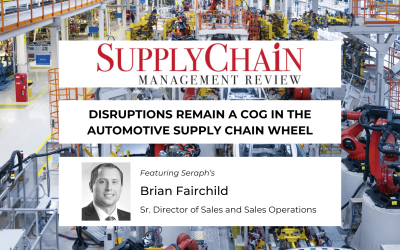As we stand in the middle of 2023, the American manufacturing industry finds itself in an unprecedented labor predicament, facing a skilled labor shortage that risks derailing the sector’s growth trajectory. The Bureau of Labor Statistics reports a staggering 700,000 job openings in manufacturing, the highest figure since records began. This critical talent shortage begs an answer to the question: Why are so many positions left vacant in an industry once considered the bedrock of America’s economy? This workforce crisis is multifaceted and stems from an aging workforce, insufficient vocational training programs, technological advancements, and a frustrating stigma against blue-collar work. The repercussions for employers are severe, facing increased costs, production delays, and a stifled capacity for innovation. As for the overall economy, these dynamics threaten not only economic recovery post-COVID-19 but also America’s global competitiveness in manufacturing, driving the urgency to resolve this growing labor conundrum. While the roots of this looming crisis are deep and wide-reaching, understanding it is the first step to achieving a resolution.
1. The Changing Landscape of Education
In recent decades, the educational landscape in the United States has undergone a profound transformation. There’s been an increasingly dominant narrative that a four-year college degree is the one-size-fits-all solution to success. As a result, traditional vocational and technical education was left on the back burner and widely regarded as an inferior decision. This shift in priorities has had unintended consequences for the manufacturing industry. Despite the fact that many of these skilled trades offer high wages and rewarding career paths, they’ve been undervalued and overlooked as second-tier options.
To counteract this trend, numerous initiatives have been launched to reinvigorate interest in the manufacturing trades. These initiatives represent a promising start, demonstrating that with robust support and sufficient resources, it’s possible to generate a renewed interest in manufacturing careers and help secure the industry’s future.
2. The Role of Technological Advancement
In addition to shifts in educational priorities, the rapid pace of technological advancement also contributes to the skilled labor shortage. Each year, the industry further transitions from traditional manual labor towards technologically advanced roles maintaining automated systems. Unfortunately, the skillset of the current workforce is struggling to keep up. Many workers trained in traditional manufacturing techniques find themselves grappling with complex machinery and digital systems, with limited access to the necessary retraining programs. The learning curve is steep, and the risk of workers being left behind is a very real one. Instead of robust training and recruitment programs, manufacturers tend to compete for a shrinking pool of talent. This technological skills gap underscores the critical need for lifelong learning and ongoing training in the manufacturing industry.
In response to these difficulties, ‘reskilling’ and ‘upskilling’ programs are also being implemented by some forward-thinking manufacturers, viewing employee development as a necessary investment rather than an expense to be cut. If the industry can successfully harness these educational tools and strategies, it may be possible to overcome the technological skills gap and prepare the workforce for the future of manufacturing.
3. Demographic Shifts and the Aging Workforce
The demographic changes sweeping across the United States won’t leave the manufacturing industry unscathed. As is the case with many other industries and even nations, a rapidly aging workforce with a substantial proportion of its skilled laborers nearing retirement age. As this wave of retirements hits, the industry faces the monumental task of filling these vacancies to prevent a sharp decline in production capacity.
Yet attracting younger workers to replace retiring professionals has been a significant challenge for the industry. Despite offering competitive salaries and benefits, manufacturing struggles to shake off its outdated image as dirty, dangerous, and monotonous work. While demographics shifts and educational tendencies (the first factor) are different, the downstream result is much the same and the responses are highly similar. Many manufacturers and institutions within manufacturing are making a concerted effort to make manufacturing a viable or even “sexy” vocation.
Several strategies have shown promise. It’s important to make the jobs meaningful and desirable and create recruitment pathways. Established businesses can learn much from the narratives crafted by VC-backed startups like SpaceX and Hadrian. These companies have effectively mastered the art of recruiting top talent by articulating grand visions that resonate on a moral level, departing from jargon-filled corporate speak.
SpaceX captivates by promising the exploration and colonization of Mars. The aerospace supplier, Hadrian, aims to revitalize American manufacturing through automation while elevating the status of the machinists who work there. Such visions and framing make it much easier to attract talent at all levels and win over industries that demand less from their employees.
This approach is complemented by initiatives to quickly onboard established talent pools, such as the Manufacturing Institute’s Heroes MAKE America program. This program taps into the under-utilized talent pool of military veterans, aiming to bridge the skills gap by training them for rewarding careers in manufacturing. Although few groups match the military in size and training level, forging relationships with high schools, colleges, and young adult sports clubs can establish a robust talent pipeline.
4. Perception of the Manufacturing Industry
Perception often carries as much weight as reality when it comes to career choices, and unfortunately for the manufacturing industry, prevailing perceptions have been unflattering. In a world where technology companies and start-ups are often seen as the most desirable employers, manufacturing can seem less appealing to a generation raised on a diet of Silicon Valley success stories. To counter this perception problem, it’s crucial for the industry to launch a concerted effort to rebrand and highlight the reality of modern manufacturing.
Employers can play a significant role in this regard by actively promoting the exciting aspects of manufacturing jobs. Sharing success stories, highlighting the innovative technologies used in their facilities, and emphasizing the problem-solving nature of manufacturing work can help alter perceptions. Partnerships with local schools and community organizations can expose students to the possibilities of manufacturing careers at an early age. Changing entrenched perceptions won’t happen overnight, but with a consistent, proactive approach, the manufacturing industry can start attracting a new generation of skilled workers ready to push the boundaries of innovation.
5. Economic Factors Influencing the Labor Shortage
Broad economic factors have had no small hand in the current skilled labor shortage. Chief among these is the issue of wage competition. As sectors such as technology, finance, and healthcare experience substantial growth, they have been able to attract talent with competitive salaries. Globalization, too, has reshaped the landscape of the U.S. manufacturing industry. With the opening of global markets, production operations have often been relocated to countries with lower labor costs. This offshoring trend has led to job insecurity in the domestic manufacturing industry, discouraging many from pursuing careers in this field due to fears of job displacement.
The COVID-19 pandemic has further complicated the situation. The crisis exposed vulnerabilities in global supply chains and led to a temporary halt of manufacturing operations in several sectors. This caused layoffs and furloughs, shaking workers’ confidence in the stability of manufacturing jobs. Even as industries have begun to recover, the echoes of the pandemic continue to influence worker availability and job security perceptions. However, the pandemic has also underscored the importance of a robust domestic manufacturing sector as the need for locally produced goods became acutely apparent.
Conclusion
Different factors have coalesced to create a complex environment for manufacturers in North America. The industry has its work cut out for it, however decades of robust American manufacturing has taught us to never write the sector off. While many companies need talent for the long term, other companies only need short term interventions to help overcome production crises or to help provide stability during a shaky period. To help solve these problems, our team of specialized operational consultants works alongside manufacturers and acts as a support structure to optimize logistics and operations. Our advisors are former management at many suppliers and OEMs and are experts in production, operational efficiency, and crisis management. Contact us today to schedule a discovery call, or see our case studies for more information.






